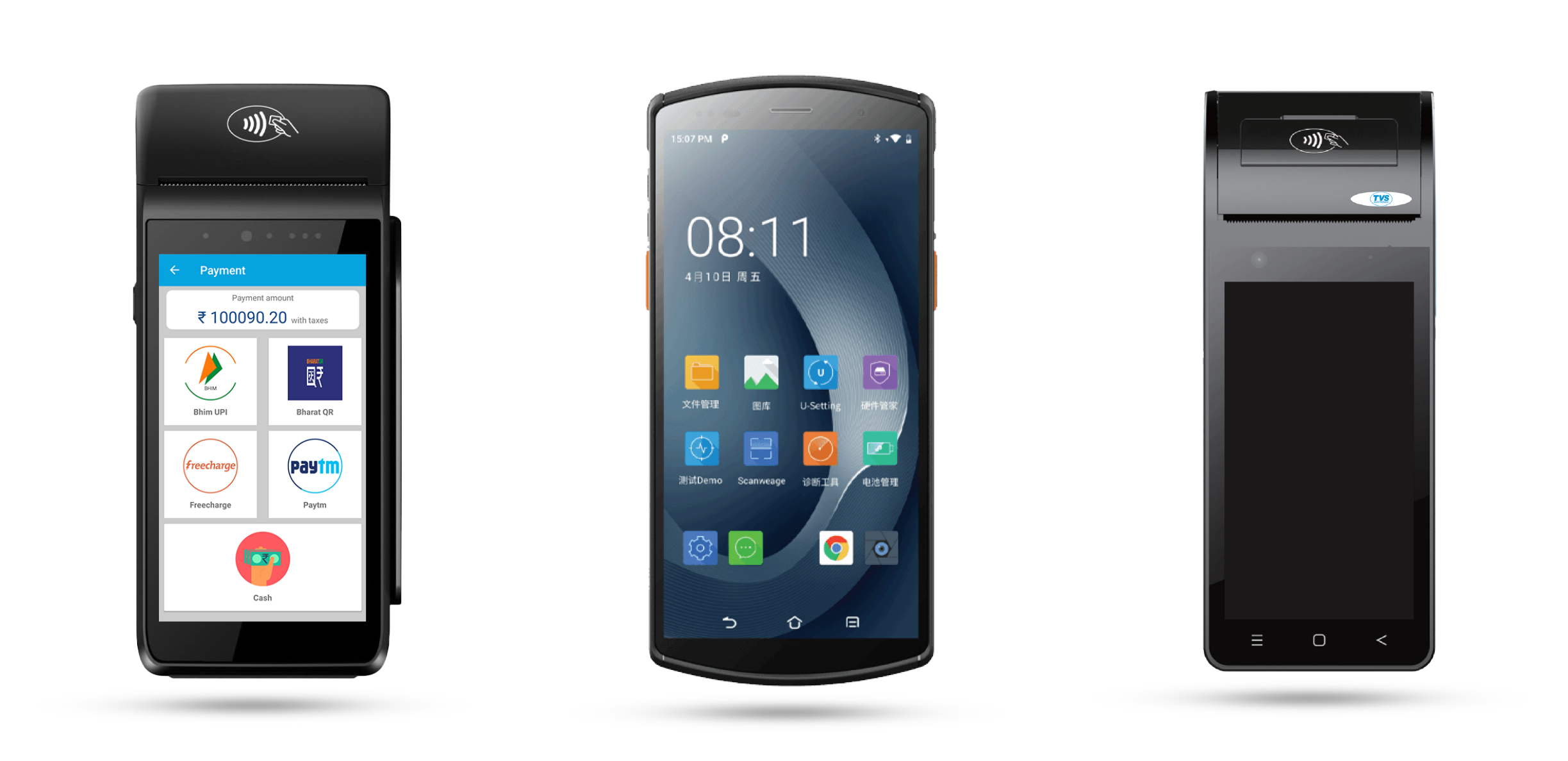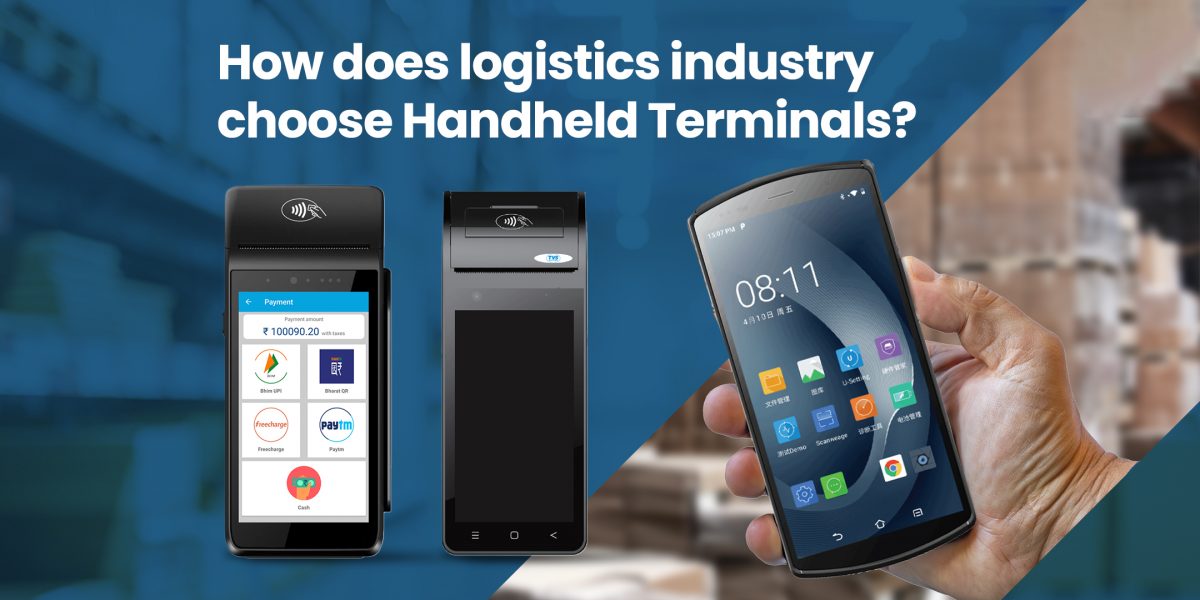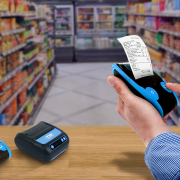The logistics industry places much importance on the efficiency and accuracy of operations. The right technology can achieve this for businesses by streamlining operations and ensuring goods are delivered on time and in good condition without damage. Currently, many handheld devices are available in the logistics industry; one of them that is considered indispensable is the handheld terminal. However, the question is how logistic companies choose the right handheld terminals.

The following are the considerations for logistic businesses to choose handheld terminals:
1. Understanding the requirements: It is firstly crucial to thoroughly understand the specific requirements of the logistics operation. Different logistics tasks may require different features and capabilities from a handheld terminal. The company will require terminals with robust scanning capabilities and a durable design to withstand harsh environments for warehouse management. Similarly, for delivery and distribution, there is a requirement for terminals with real-time data connectivity and for inventory management, companies need terminals that offer quick and accurate data capture.
2. Evaluating durability: Logistics environments are harsh, and thus, the handheld terminals used in warehouses and on delivery routes must have the ability to endure extreme conditions. Logistic companies evaluate durability by checking their ruggedness ratings through the IP (Ingress Protection) ratings, drop specifications through drop tests from different heights usually measured in feet, and their build quality through the overall construction.
3. Assessing data capture capabilities: Handheld terminals must be equipped with advanced scanning technologies to quickly and accurately read barcodes, QR codes, and RFID tags. Companies must consider the scanner type to determine if the 1D and 2D scanners are sufficient or if there is a requirement for RFID or NFC capabilities for faster and more comprehensive data capture. In many cases, easy-to-use scanning mechanisms, such as trigger handles or intuitive touch screens, reduce user fatigue and increase efficiency.
4. Power management: Logistics operations often run around the clock, and a handheld terminal with insufficient power management capabilities can lead to significant downtime and disruptions. To mitigate these risks, companies need to consider the battery capacity of the terminals and the provisions available for swappable batteries. Importantly, the use of energy-efficient components and power-saving modes not only extend battery life but also ensures the reliability of the technology, providing reassurance to logistics managers and decision-makers.
5. Integration features: The handheld terminals should be compatible with the logistics company’s existing software systems. They must be compatible with the existing operating system and seamlessly integrate with warehouse management systems (WMS), enterprise resource planning (ERP) systems, and other relevant software. They must be customizable and can develop applications to meet specific operational needs.
6. User experience and training: An intuitive user interface and ease of use are critical to minimize training time and ensure smooth adoption by the workforce. User-friendly designs, including touchscreens with crystal-clear displays, intuitive navigation, and responsive performance enhance the experience of the users. Training resources and customer support are available to assist in the initial setup and ongoing operation.
7. Connectivity and communication features: Handheld terminals must offer seamless communication and real-time data exchange through reliable connectivity options. Wireless connectivity ensures constant communication between the terminal and the central system. Accurate GPS capabilities are vital for tracking delivery vehicles and optimizing routes. Terminals should be able to sync data in real-time to update inventory, track shipments, and communicate with the central management system.
In conclusion, choosing the right handheld terminal for the logistics industry involves a comprehensive evaluation of multiple factors. As per the requirements of the companies, they can select the most suitable devices based on their specific needs to enhance their efficiency, accuracy, and overall performance.
TVS Electronics offers a diverse range of handheld terminals tailored for various logistics businesses. Investing in the right handheld terminals is not just about staying competitive; but for ensuring that every product reaches its destination seamlessly and on time.














